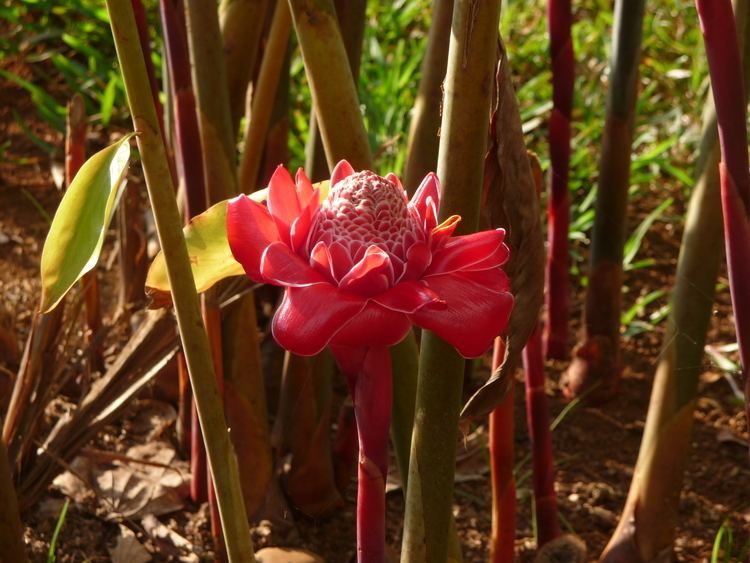Rank Species | Genus Etlingera Higher classification Etlingera | |
 | ||
Similar Etlingera, Asam gelugur, Greater Galangal, Zingiberaceae, Alpinia | ||
Red torch ginger plant seeds etlingera elatior seeds on www myseeds co
Etlingera elatior (also known as torch ginger, ginger flower, red ginger lily, torch lily, wild ginger, combrang, bunga kantan, Philippine wax flower, 火炬姜 (pinyin: Huǒjù jiāng), Indonesian tall ginger, boca de dragón, rose de porcelaine, and porcelain rose) is a species of herbaceous perennial plant. Botanical synonyms include Nicolaia elatior, Phaeomeria magnifica, Nicolaia speciosa, Phaeomeria speciosa, Alpinia elatior, and Alpinia magnifica.
Contents
- Red torch ginger plant seeds etlingera elatior seeds on www myseeds co
- Pink torch ginger plant seeds etlingera elatior pink seeds on www myseeds co
- Chemistry
- Similar species
- References
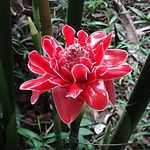
The showy pink flowers are used in decorative arrangements, while the flower buds, bunga kecombrang, are an important ingredient in the Nonya dish laksa. In North Sumatra (especially in Karo tribe), the flower buds are used for a stewed fish is called Arsik ikan mas (Andaliman/Szechuan pepper-spiced carp). In Bali, people are used the white part of the bottom part trunk for cooking chilli sauce called "Sambal Bongkot", and used the flower buds to make chilli sauce called "Sambal Kecicang". In Thailand, it is eaten in a kind of Thai salad preparation.
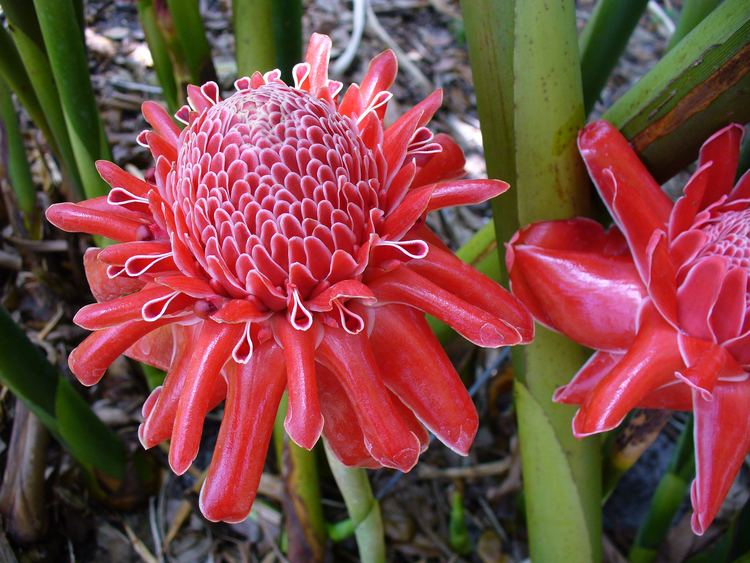
In Karo, it is known as asam cekala (asam meaning 'sour'), and the flower buds, but more importantly the ripe seed pods, which are packed with small black seeds, are an essential ingredient of the Karo version of sayur asam, and are particularly suited to cooking fresh fish.
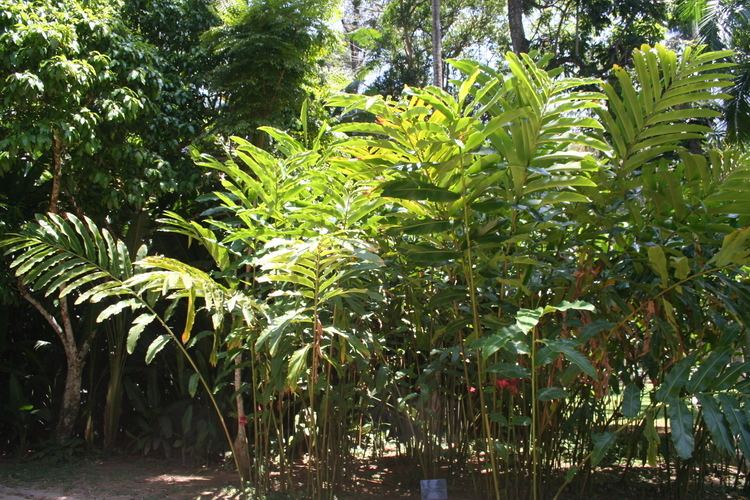
Pink torch ginger plant seeds etlingera elatior pink seeds on www myseeds co
Chemistry
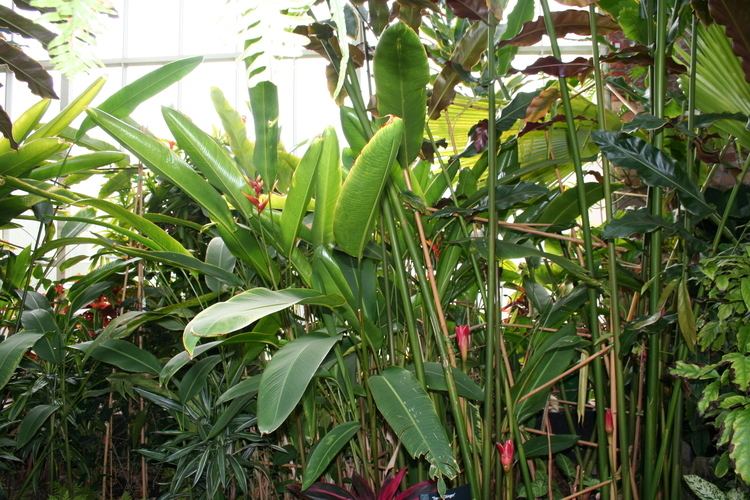
From the leaves of E. elatior, three caffeoylquinic acids, including chlorogenic acid (CGA), and three flavonoids, quercitrin, isoquercitrin and catechin, have been isolated. Content of CGA was significantly higher than flowers of Lonicera japonica (Japanese honeysuckle), the commercial source. A protocol for producing a standardized herbal extract of CGA from leaves of E. elatior (40%) has been developed, compared to commercial CGA extracts from honeysuckle flowers (25%).

Leaves of E. elatior have the highest antioxidant, antibacterial, and tyrosinase inhibition activities among five Etlingera species studied. Antioxidant properties (AOP) of leaves were significantly stronger than flowers and rhizomes. Leaves of highland populations had higher AOP values than lowland counterparts. Thermal drying of leaves led to drastic declines in AOP, while freeze-dried leaves showed significantly higher AOP values. Ethanolic extracts of inflorescences have antimicrobial activity and are cytotoxic to HeLa cells. Antioxidant activity of diarylheptanoids isolated from rhizomes is greater than α-tocopherol. E. elatior has an antioxidant effect against lead-induced hepatotoxicity in rats.
Similar species
